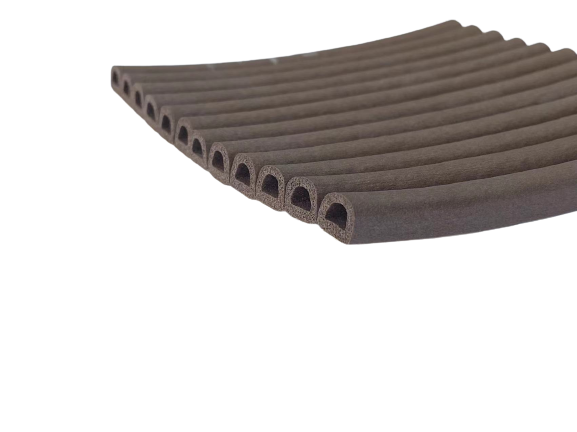Nov . 21, 2024 16:15 Back to list
door and window rubber seal strip
Understanding Door and Window Rubber Seal Strips A Comprehensive Guide
In the quest for improved energy efficiency and enhanced comfort in our homes, door and window rubber seal strips play a crucial role. These rubber seals are designed to prevent air leaks, moisture intrusion, and external noise, significantly contributing to the overall performance of doors and windows. Let's delve into the types, benefits, and installation of rubber seal strips.
Types of Rubber Seal Strips
There are several types of rubber seal strips available in the market, each tailored to specific needs and applications. The most common types include
1. Weatherstrip This type is used around doors and windows' edges to create a tight seal. Weatherstripping can be made from various materials, including sponge rubber, vinyl, or silicone, with the option to choose between adhesive-backed or non-adhesive versions.
2. Foam Sealant Foam sealant strips are ideal for filling gaps and cracks. They are flexible and can compress to fit irregular spaces, making them excellent for uneven surfaces.
3. V-Seal Weather Stripping This type of seal is shaped like a V and is typically used for sliding doors and windows. Its unique shape allows it to conform to the edges, providing an effective barrier against air and moisture.
4. Multi-Purpose Rubber Seals Many rubber seal strips are designed to serve multiple functions. These seals can act as both a weather barrier and a noise-reduction element, making them versatile for various applications.
Benefits of Rubber Seal Strips
Installing rubber seal strips around your doors and windows offers numerous advantages
1. Energy Efficiency By minimizing air leaks, rubber seal strips help maintain consistent indoor temperatures, reducing the reliance on heating and cooling systems. This ultimately leads to lower energy bills.
door and window rubber seal strip

2. Noise Reduction Rubber seals provide an effective sound barrier, making your home quieter and more peaceful, especially in noisy urban environments.
3. Moisture Protection Seals create a barrier that helps prevent water ingress, protecting your interiors from mold and water damage.
4. Improved Comfort Proper sealing ensures that drafts are minimized, making living spaces more comfortable throughout the year.
Installation Tips
Installing rubber seal strips is a straightforward DIY task. Here are some steps to guide you
1. Measure Your Spaces Before purchasing, accurately measure the dimensions of the doors and windows to ensure you buy the right length of seal strips.
2. Clean the Area Ensure that the surfaces where the strips will be applied are clean and dry. This helps the adhesive bond properly.
3. Cut to Size If the seal strips are too long, cut them to the appropriate length using scissors or a utility knife.
4. Apply the Seal For adhesive-backed strips, peel off the backing and carefully press the strip into place, ensuring it aligns correctly with the edges.
5. Test the Seal Once installed, test the seal by closing the door or window and checking for any drafts. Adjust if necessary.
In conclusion, door and window rubber seal strips are essential for enhancing energy efficiency, comfort, and protection in our homes. By choosing the right type and ensuring proper installation, homeowners can enjoy a more comfortable and efficient living environment.




